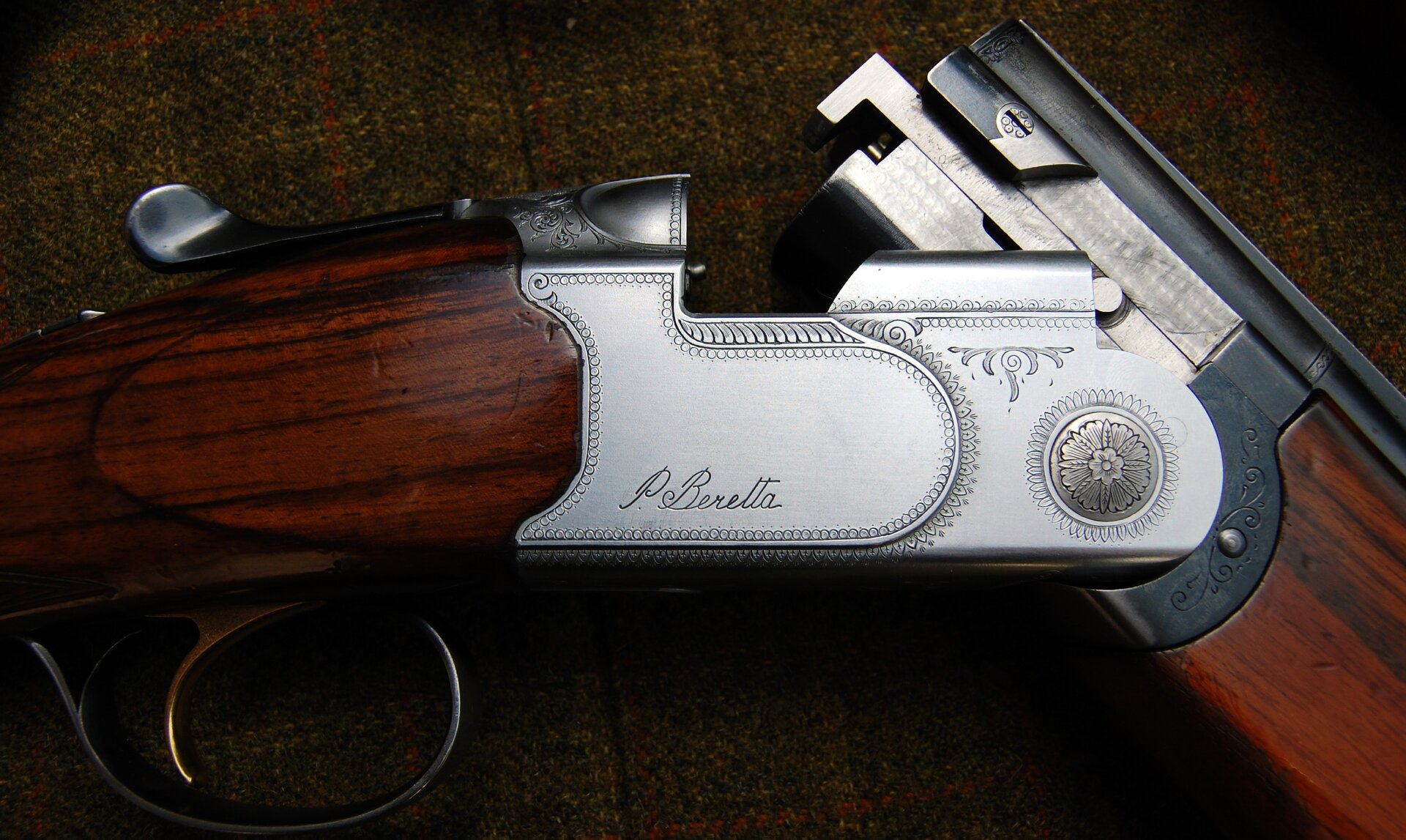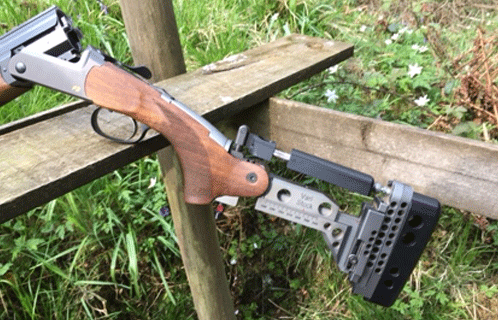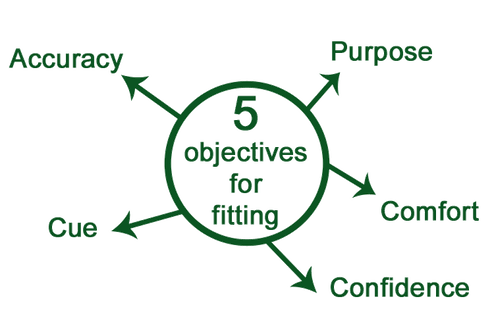Even in this information-enriched age there’s generally little widely know about the process behind fitting a shotgun? Evolving historically from the rather secretive world of gun-makers, gun fitting is even now regarded as a cryptic art. Can we begin to understand it all better? Let’s start with a basic question – what is it we fit for exactly?
Should I know about gun fitting?
Gun fitting then - isn’t it just the kind of thing that you should, as a shooter, actually know something about? Let’s face it, there is an extraordinary amount of column inches devoted to the subject each and every season. There’s also, naturally, the Internet. Search ‘fitting a shotgun’ on YouTube - if you dare!
Opinions vary on gun fit
It doesn’t stop there. Practically every shooting lodge and clubhouse you happen to walk into these days will have someone prepared to extend wisdom on gun fit. Indeed, the volume of guidance out there suggests the extent of interest in this fascinating and important subject. Most of it is offered for free! What’s not to like?
But with so much input - conveyed with apparent credibility and entirely plausible sincerity - it is easy to become overwhelmed by the glut of opinion offered. These opinions - often contradictory and often dismissive of other views - is where the key problem lies. You see, gun fitting isn’t much about opinions at all.
Gun fitting and testing
Competent gun fitting begins and ends with the gathering of actual information - facts. Every relevant aspect of a shotgun and its firing has to be reduced to measurement, or at the very least, reliable and repeatable testing.
The great Jim Evans, last master gunsmith to the maker S.R. Jeffery’s & Son of Guildford, once outlined the task of gun fitting in his workshops:
“Within the limits of reason we can pretty much get a gun to do whatever we want of it. The challenge in fitting lies at the other end of the equation: in knowing what we must about the somebody behind the gun.”
Fitting for...
Where to begin?
We could perhaps do a lot worse than look at the ‘what’ that we actually fit for.
Broadly speaking there are 5 fitting objectives to fulfil. Some objectives are straightforward enough to understand whilst others are more specialised and specific. We can include all fitting objectives, in the case of a custom gun, or focus on just one - responding to a problem or adjusting for a defined ‘gun-advantage’.
The 5 gun fitting objectives are:
- Fitting for accuracy
- Fitting for purpose
- Fitting for comfort
- Fitting for confidence
- Fitting for cue
Improving gun performance through fitting
And so, very briefly here, let us look at each objective in turn and suggest how these contribute to improving shooting performance through fitting.
Fitting for accuracy
Obvious enough perhaps, and a key aim of gun fitting. This is all about fixing the eye - “…the rear sight of the shotgun” as Gough Thomas had it - to place a directed shot accurately time and time again. Understanding shooting vision to its fullest extent is vital to good shooting; so much so in fact, that the function of the eyes drives much of the fitting procedure.
Fitting for purpose
Here we enter the realm of the specialist gun. Gun fitting can contribute to adjustments or additions to a gun’s build that will positively convey gun advantage to a given shooting situation. Most guns are built to very general patterns, even best guns unless directed otherwise. The genuinely purposed shotgun aims to give even more - by design.
Fitting for comfort
This one is very common as a fitting objective. In order to get the most from your gun and your shooting it has to be comfortable in use. Problematic recoil can be both pernicious and distracting. But, on the other hand, the predictable effect of manageable recoil can be harnessed positively to deliver a defined fitting advantage.
Fitting for confidence
The whole of the fitting process personalises a shotgun; the object becomes unique and the pleasure of ownership enhanced. Having complete confidence in how a gun performs is a sort of psychological ‘rocket-fuel’ to shooting performance. This alone should seal the decision to have a gun looked at, measured, tested and professionally fitted and the results are beyond worth.
Fitting for cue
This is a comparatively new field of fitting development and much of it emanates from competition shooting. Here a fundamental question is asked:
"What is it that makes the shooter commit to the shot and pull the trigger?”
The physical process of each and every shot has both a ‘code’ and a ‘cue’ segment to it; fitting for cue sets a gun up to tap into each shot-phase more productively.
Until next time...
Well, there you have your introduction to gun fitting. Over the next few posts we will go through each of these fitting objectives in a little more practical detail. I will aim to keep it straightforward without losing the intended meaning and promise not to stray too much in the way of opinion
“Confidence is the key to good shooting: testing is the key to confidence." - Gough Thomas
Enjoyed this article and want to know more?
Why not contact us at Glenzier Sporting. Mike Smith has run the Whithorn shooting ground for 20 years and offers teaching lessons and gun fitting.



